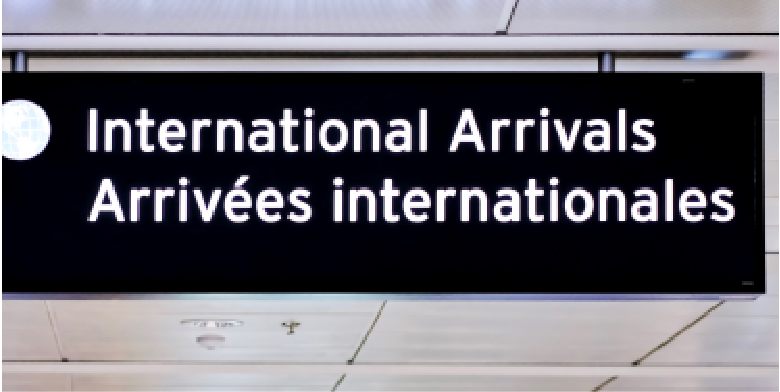New Specifications for U.S. Travelers as EU Opens Borders
(June, 2021)
For the major travel centers of Europe, the announcement of EU countries opening their borders to non-essential U.S. travelers comes as a long-awaited relief. However, with this announcement comes country-specific requirements for those who do wish to travel to the EU, and new documentation options that travelers may not be familiar with. As travelers begin their shift from domestic to international, we’ve outlined the major specifications to keep in mind as they prepare for their journey.
Which Parts of the EU are Open to U.S. Travelers?
On June 18, the European Union recommended that its 27 member nations lift a ban on nonessential travel from the United States. From an epidemiological point of view, the EU determined that the United States is now considered safe, meaning travelers from the U.S. should be allowed to enter EU countries, even if they are not fully vaccinated provided they show a negative Covid-19 test result.
However, the European Union cannot require member nations to open. Each country within the union is free to keep or impose more stringent restrictions, including obligations to quarantine upon arrival or require specific tests for entry. Even so, most EU countries are expected to open to U.S. travelers immediately, if they haven’t already. Germany announced that it would allow all U.S. travelers starting June 20, regardless of their vaccination status. France, Italy, Spain, Portugal, and Greece, among others, have also opened their borders.
What Documentation is Required for Travel?
As borders begin to open, the European Union has begun working toward a goal of implementing a widespread digital health passport, the European Union Digital COVID Certificate (EUDCC), by July 1. The vaccine passport provides digital proof whether a person has been vaccinated against COVID-19, received a negative test result or recovered from the virus. If at least one of those three criteria is met, travelers can move freely between EU countries. This system also contains security features to verify the data’s authenticity, and the data is not retained anywhere to ensure user privacy.
The Digital Certificate has already been distributed to citizens in 17 countries, including Austria, Belgium, Bulgaria, Croatia, Czechia, Denmark, Estonia, Germany, Greece, Latvia, Lithuania, Luxembourg, Poland, Portugal, Spain and Italy. The long-term goal is for all EU citizens to have the Certificate. For those travelers entering from the U.S., the EUDCC can be obtained by applying through their ‘destination member state’.
Re-open EU, a website run by the European Union, provides information on the various measures in place, including on quarantine and testing requirements for travellers, for each specific country of origin and destination.
Checking Entry Requirements Before Travel
As travelers begin to visit the EU, it is possible that country-by-country entry requirements will evolve and new requirements may arise. Travelers should reconfirm their entry requirements a week before they travel to ensure they have the most up to date information available for their destination.




Leave a Reply
Want to join the discussion?Feel free to contribute!